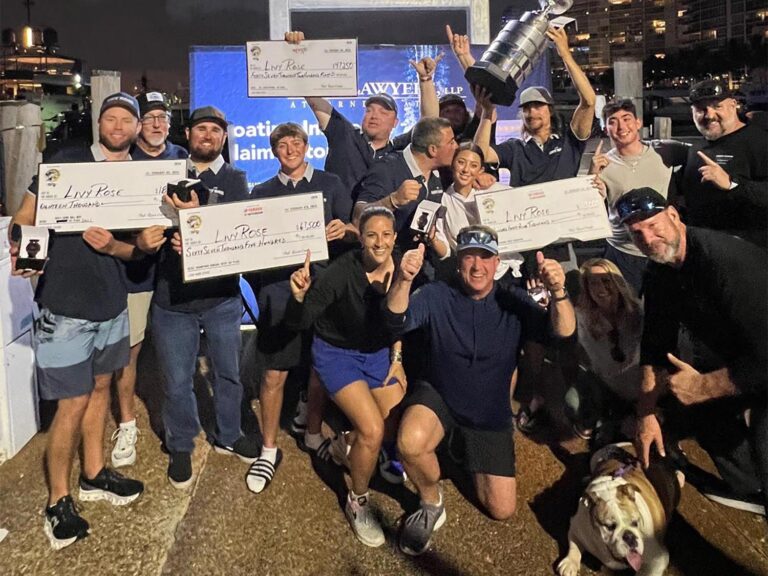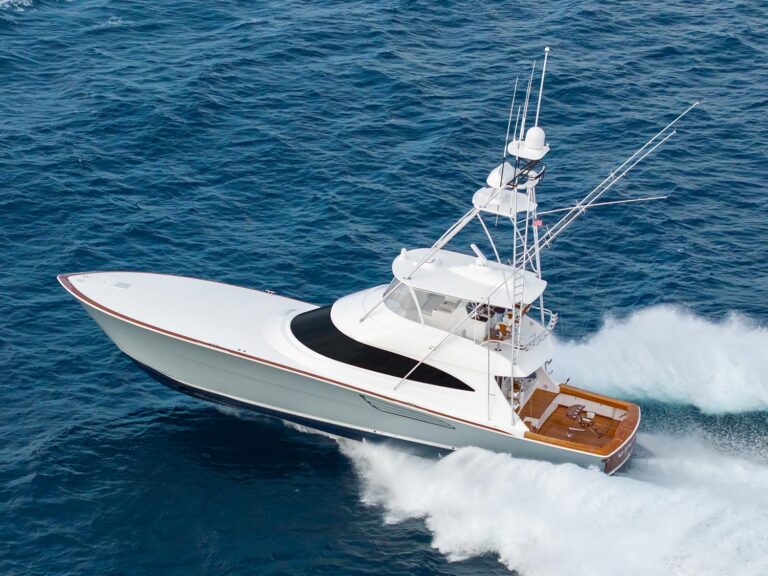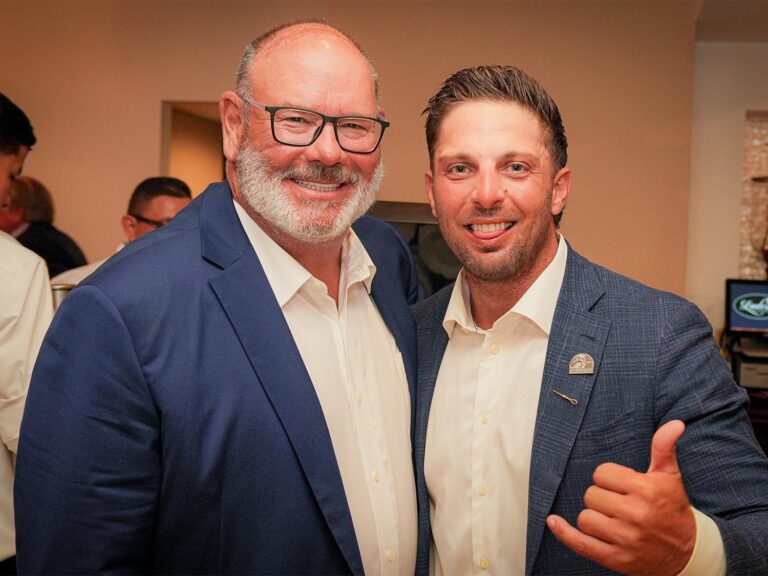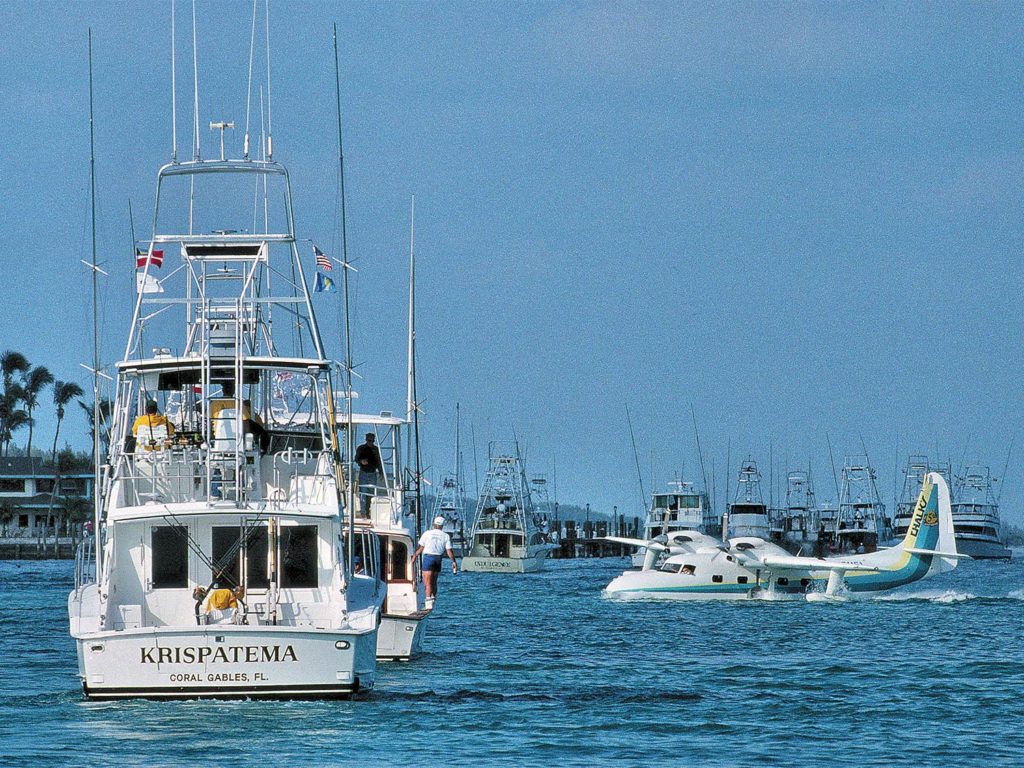
When Bill McClellan and Lee Stevens founded Marlin, neither had any idea the impact this brand would have on the sport of big-game offshore sport fishing. What began as an informal newsletter to help spread information about marlin fishing, primarily in the northern Gulf of Mexico, Marlin has grown to an established worldwide brand across multiple platforms, with print and digital versions, a robust website and social media platforms, video, e-news, and much more. We have an events team producing a string of successful tournaments, including the Offshore World Championship, as well as our hands-on instructional series, Marlin University. As we celebrate 40 years of Marlin in 2022, it’s always interesting to take a look back to see where we’ve come from, as well as make a few predictions on where we might go in the next four decades.
The Critical Component
If you want to go marlin fishing, you need a boat. One of the most popular to ever hit the water was the venerable Bertram 31, of which there were some 1,800 built. Bertram introduced the original 54 Convertible in 1981 and went on to build 177 hulls before production finally ended in 1992. Viking, Hatteras, Ocean, and Post were all going strong during the early to mid-1980s, as were custom builders such as Rybovich, Garlington, and Merritt by the time the first issue of Marlin hit newsstands and mailboxes. It was a wild time for builders, who were designing products to meet the demands of a burgeoning sport. It all came to a crashing halt in 1990 when Congress passed a 10 percent luxury tax, effectively crippling the boating industry across the board. Fortunately, the tax was repealed four years later, but significant damage had been done.
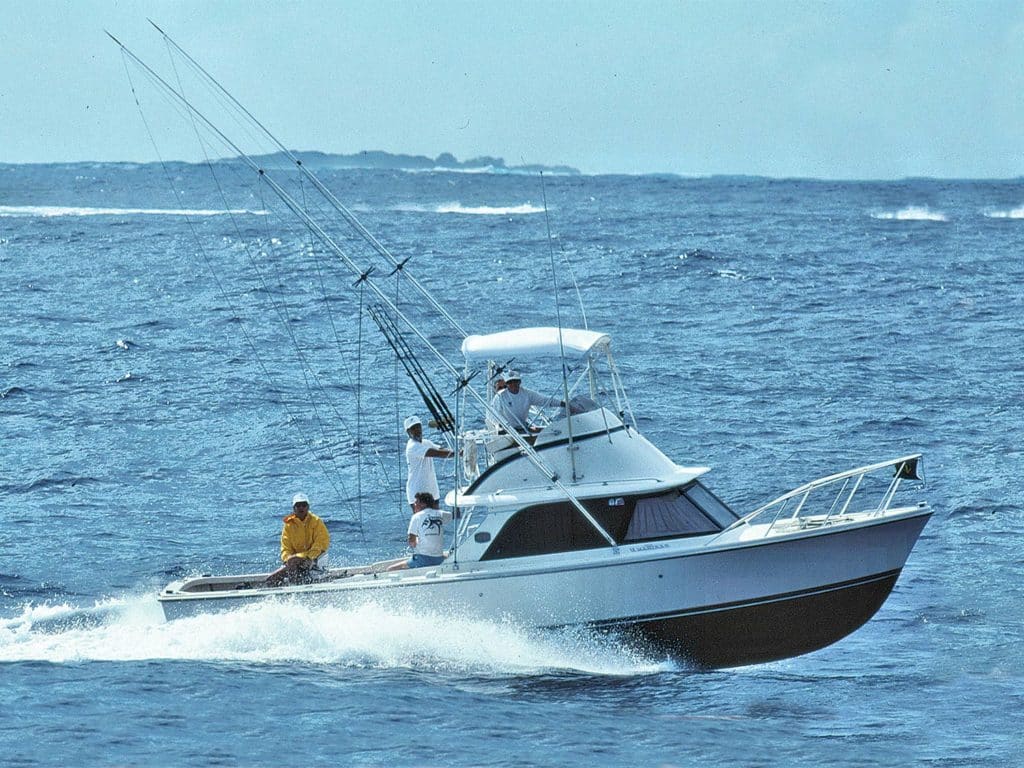
Today, it seems that the sky is the limit—literally. The latest from Michael Rybovich & Sons is a 94-foot enclosed-flybridge boat that tops out at 41 knots. A slew of production and custom builders are turning out some incredible boats that are capable of comfortable, long-range travel while still offering the ability to spin and back down on a hot blue marlin. Performance is limited only by available horsepower, which could top 3,000 hp per engine in the next few years. Waterjet drives are also now a viable option, offering reduced drag and ultra-shallow draft. Also coming online are new hybrid diesel-electric engines, which will offer a host of interesting benefits. Imagine running out at 40 knots, then switching over to a virtually silent battery propulsion system to troll all day with zero emissions and no fuel burn.
Watch: Learn to rig a belly strip teaser.
Tournaments and Travel
The ’80s and ’90s were also a time of growth and development for a number of the sport’s most popular billfish tournaments. The San Juan International Billfish Tournament was already 30 years old by 1983, making it one of the longest-running marlin tournaments in the world. The Pirate’s Cove Billfish Tournament debuted in 1983 in North Carolina, complementing the Big Rock, Cape Fear Blue Marlin Tournament and others in the state. The White Marlin Open was already well on its way to becoming one of the richest in the world, and in 1992, the MidAtlantic became the first to offer a $1 million prize purse.
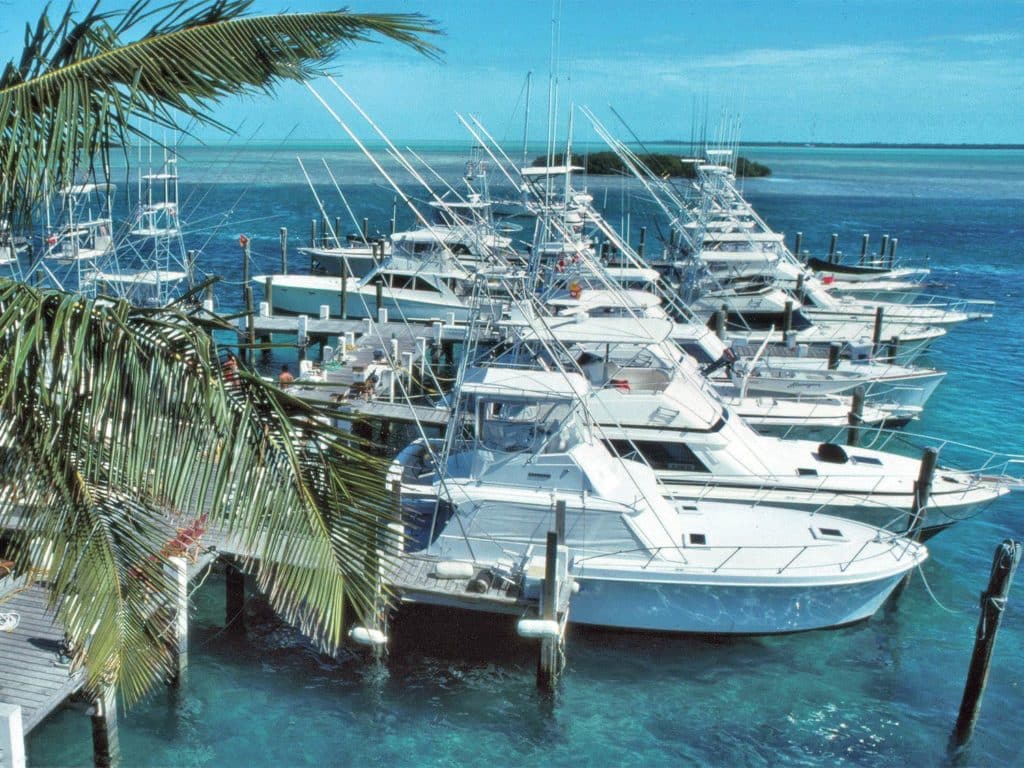
The past decade has seen unprecedented tournament growth around the world, especially on the US East and Gulf coasts. Events such as Pirate’s Cove, the Emerald Coast Blue Marlin Classic and many others regularly exceed $1 million in the total prize purse, and many either flirt with or top $1 million in payouts to individual winning teams. The 2021 White Marlin Open set a tournament record with a $9.1 million cash purse, and the Bisbee’s Black & Blue Marlin Jackpot reached $9.7 million. And while the pressure of a big-money tournament isn’t for everyone, it sure seems that the popularity of these events isn’t receding anytime soon. Another area of growth has been in the participation of female anglers. Charity events such as the Alice Kelly Memorial Ladies Only Billfish Tournament and the Keli Wagner Lady Angler Tournament have seen record participation levels in the past few years, and other ladies-only events such as the Pescadora Billfish Championship and the Los Sueños Ladies Only in Costa Rica continue to grow in popularity with each passing year. It’s definitely an area of positive growth for the sport.
Travel is another area that has changed significantly over the past four decades. While the Bahamas has always been popular due to its close proximity to Florida and the good summer fishing, more boats were stretching their legs and traveling farther than ever by the mid- to late ’80s. St. Thomas became famous for the bite along the North Drop. The truly adventurous headed even farther afield, discovering an amazing fishery at the La Guairá Bank off Caraballeda, Venezuela, which became one of the most talked about hotspots for decades afterward.
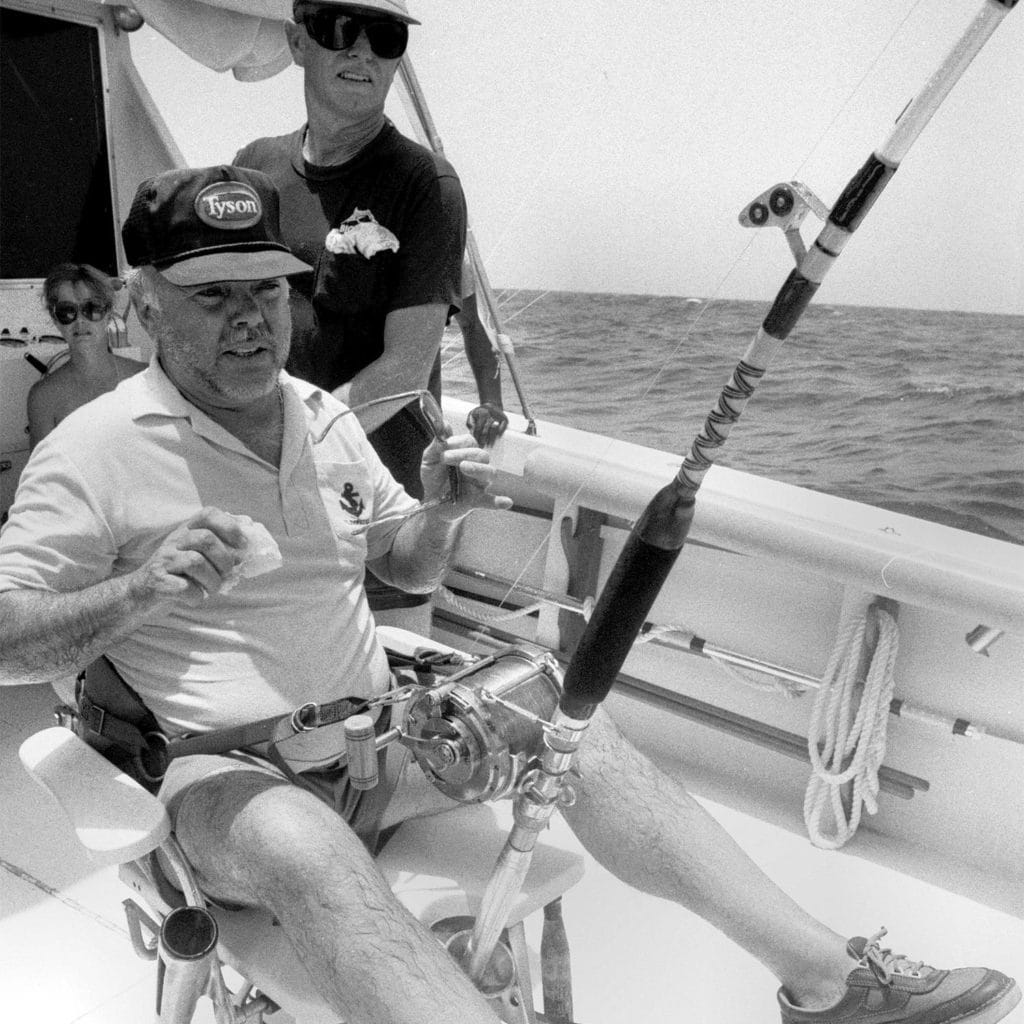
Today, the travel landscape is understandably much different. Boats are now easily making the trip to the Pacific via the Panama Canal—on their own bottom or by commercial shipping—opening up a host of new fisheries throughout Central America. Once nearly unreachable due to its remote location more than 1,000 miles south of San Diego, the once-sleepy village of Cabo San Lucas, Mexico, has exploded into a top destination. Looking ahead, teams will look to explore those previously untapped corners of the planet, either with their own boats or as part of a mothership/gameboat operation. Notably, the Indian Ocean could become a new destination, from the 500-plus islands of the Seychelles east of Kenya to Madagascar and the Mauritius and Reunion islands. The western Pacific also has wide swaths of virtually unexplored territory as well.
Electronics Come of Age
One reason for the rapid expansion of the sport is due to the modernization of our electronics. Furuno had introduced the world’s first practical fish finder in 1948, and by 1985, the company had developed its own marine radar, a color recorder and bottom sonar, primarily for commercial applications. By 1989, GPS was introduced to the recreational-boating public, and things really started to change.
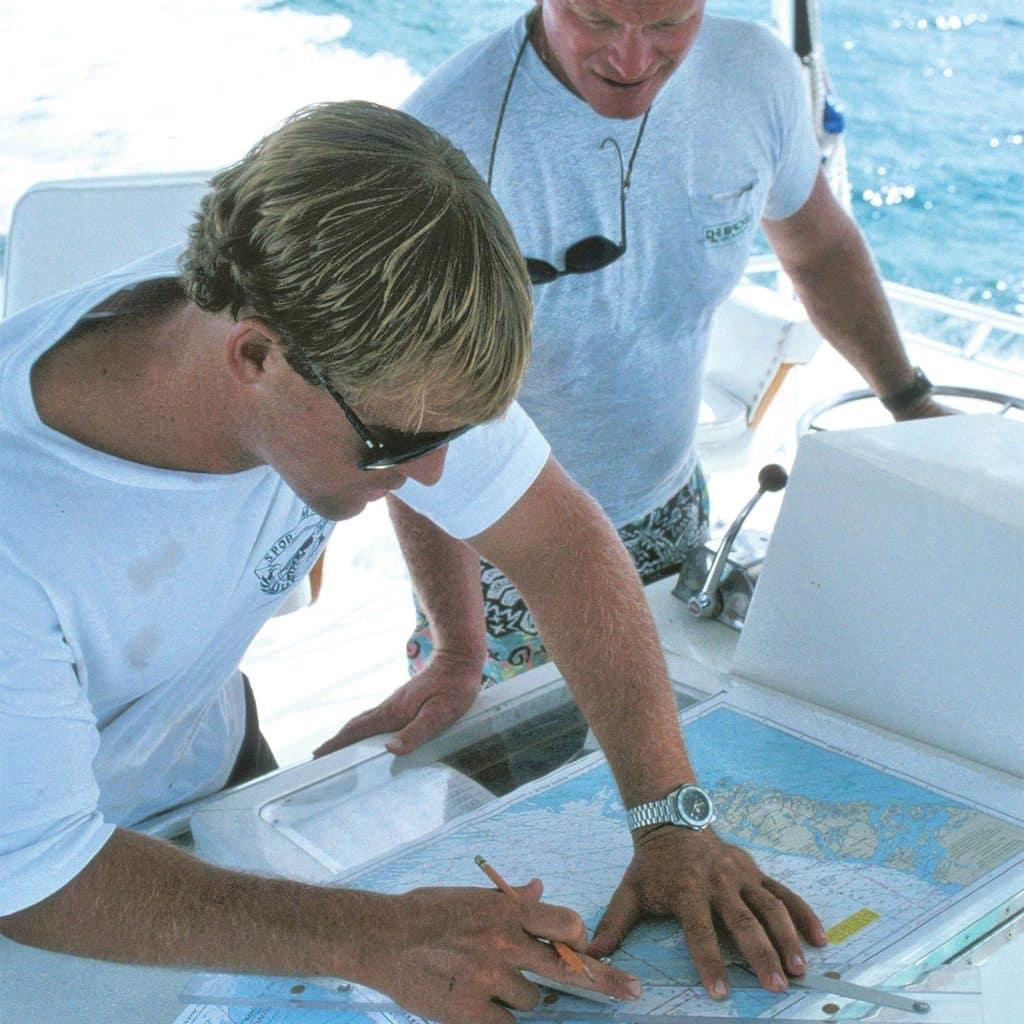
Today, Furuno’s omnidirectional sonar has become one of the most sought after electronics for both new and used boats, despite its six-figure price tag (including installation). It’s even finding its way onto large center-consoles. As with other electronics, sonar will continue to gain widespread acceptance, becoming more prevalent and also more powerful in terms of target acquisition at longer ranges and with more automatic control. Just as with radar, some might opt for a dual-sonar setup, with one set for long-range search and the second for short-range high-definition tracking. Fishing will continue to evolve from trolling in the blind to specifically locating and targeting individual billfish, although many will say that it removes the thrill of the chase. Time will tell.
Tackling the Tackle
Marlin fishing in the 1980s conjures up images of those huge gold reels packed with heavy Dacron and mated to heavy solid-glass rods. In 1984, Penn introduced the first two-speed International II series, which soon became a game-changer.
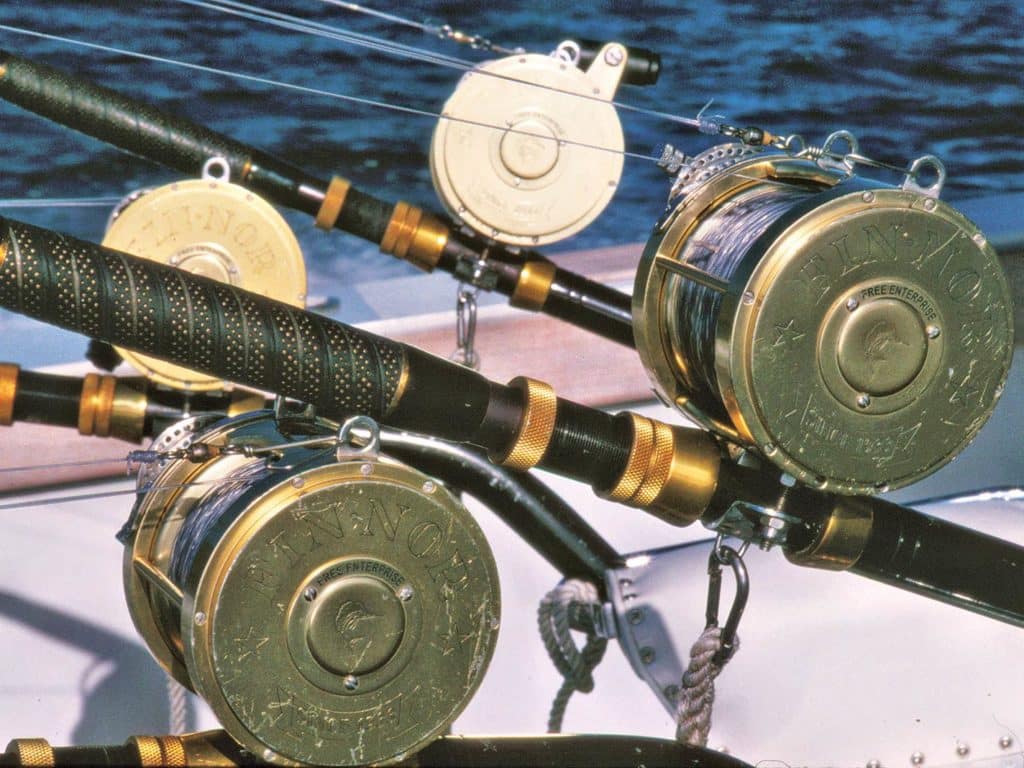
Over the years, the tackle gradually became lighter as the technology improved. Dragging big baits and lures on heavy gear remained a viable technique, especially in big-marlin fisheries, but pitch-baiting was also evolving—crews could now match the tackle to a particular fish behind a hookless teaser. But the largest paradigm shift occurred with the rise of dredge-fishing. Stand-up angling also grew in popularity as harnesses became more comfortable, freeing the angler to use lighter tackle.
As we look to the future, reels will continue to get smaller and lighter yet with even more powerful and reliable drag systems. The combination of braided line with a monofilament top shot has already increased the line capacity of most reels to the point where being spooled really isn’t an issue these days, even on doubleheader blue marlin battles. Rods are also becoming lighter and stronger thanks to the use of advanced composites. And it’s all going to just keep getting better and better.
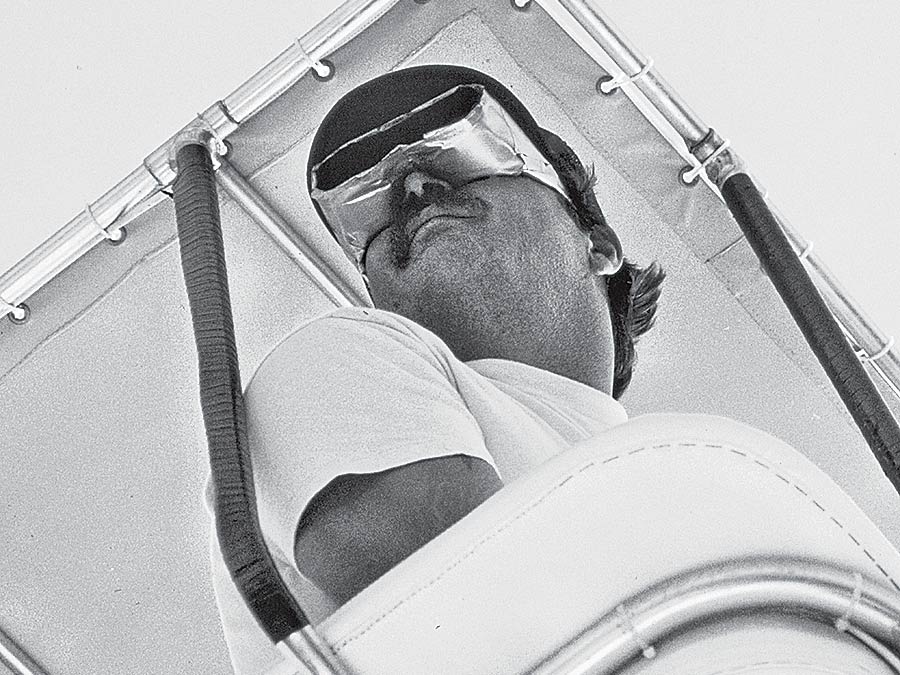
The Shirt on your Back
Back in the ’80s, offshore-fishing attire consisted of a short-sleeved cotton T-shirt (or no shirt at all) and an old pair of khaki shorts or cutoff jeans. Originally introduced in 1989, the famous AFTCO fishing shorts were one of the first made of Dupont’s Supplex, a quick-drying three-ply nylon fabric that was then treated with a stain-resistant coating. They featured dedicated pockets for pliers and other tools.
What does the future hold? Big trends these days are moving toward the use of recycled fabrics, which still offer terrific stain- and odor-resistant qualities as well as light weight and the ability to dry quickly. Companies such as Columbia are experimenting with reflective coatings, while others are doubling down on advanced synthetics with even greater sun-protection factors.
The Conservation Side
There was once a time where all billfish were brought back to the dock for photos with the lucky anglers, and a “release” happened only when the fish pulled the hook during the fight. In 1986, just four years after Marlin’s debut, Winthrop Rockefeller, Tim Choate and Dr. Eric Prince founded The Billfish Foundation for the sole purpose of conserving the world’s billfish populations. Among many projects was the start of a tagging program, which has now grown to become the world’s largest private billfish-tagging project. It has produced invaluable insight into the migratory patterns of these species.
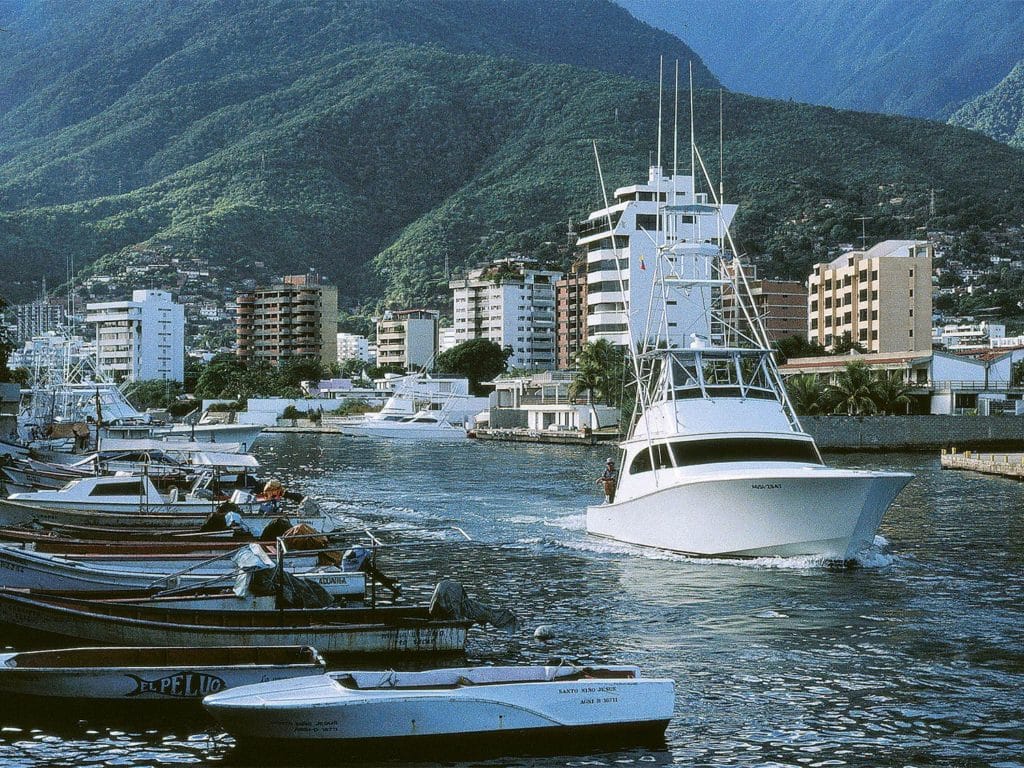
The shift to circle hooks in conjunction with dead bait was another leap forward in billfish-conservation efforts. Spurred by Capt. Ron Hamlin’s work in Guatemala, crews around the world began to rig and use circle hooks; in 1999, Joan Vernon’s Presidential Challenge of Costa Rica became the first international tournament to make the use of circle hooks mandatory for its participants. More than 20 years later, it’s unusual to find a team rigging dead bait with a conventional J hook for billfish.
The growth and evolution of pop-up satellite tagging has been a third area of improvement in conservation. The IGFA’s International Great Marlin Race has been producing some amazing results, which show that even small billfish like sailfish and white and striped marlin can travel some truly incredible distances around the globe. The scientific knowledge collected from this open-access project has the potential to benefit our understanding of billfish species in ways not previously seen.
Read Next: See how the Los Sueños Signature Triple Crown became one of the world’s most competitive tournaments.
Getting Social
Fishermen love few things more than getting together for a good fish story, but imagine a world without social media, or even the internet. In the ’80s, if you needed information about a record catch or where the bite was, you had to get it the old-fashioned way: by picking up the telephone and actually calling someone. Today, social media platforms and the internet have made the spread of information incredibly fast. In just a few swipes or clicks, we can find out who’s leading that big tournament in Mexico or who caught 40 sailfish in Costa Rica yesterday. Thanks to the efforts of our senior editor and Instagram pro, Capt. Jen Copeland, over the past three and a half years, the Marlin brand now has more than 84,000 followers; on Facebook, we’re at 178,000 enthusiasts. As we move to a more connected world than ever before, the growth of platforms like these will continue. Video has also taken a front-row seat—YouTube is now the second-largest search engine in the world behind Google.
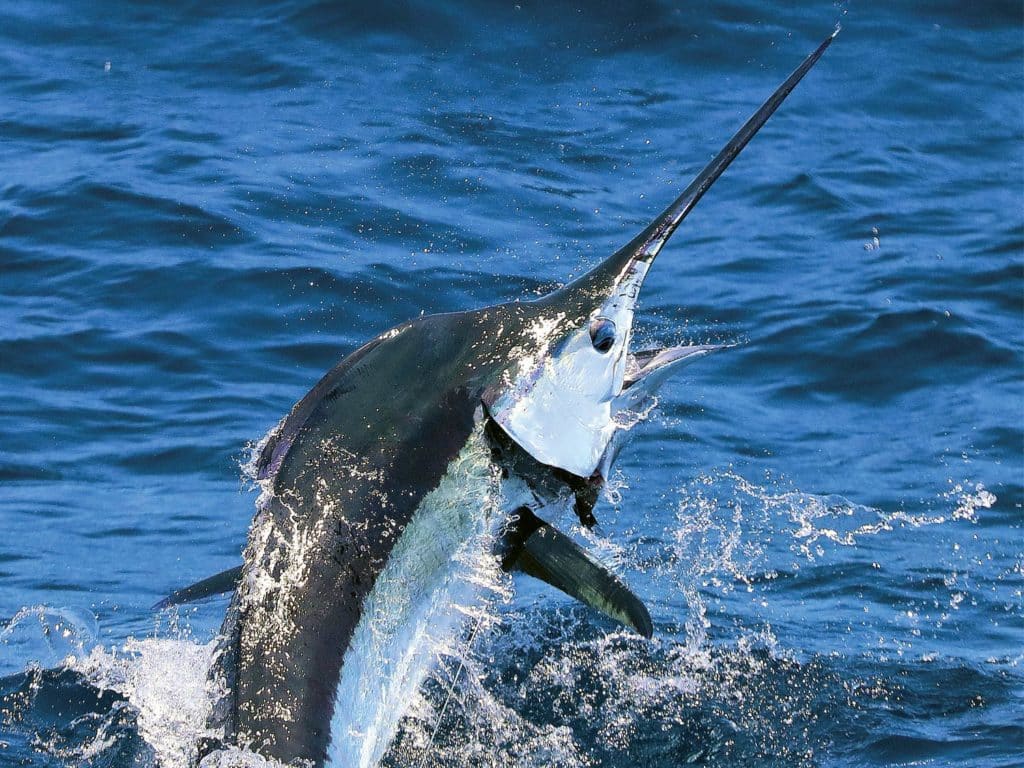
The People Behind the Brand
Without a doubt, the Marlin brand would not be where it is today without the efforts of some long-tenured staffers. David Ritchie first joined the brand in 1987 as an editorial assistant before assuming the role of editor-in-chief in 1992, a position he held for the next 10 years (he later returned to the company and now serves as the chief executive officer of Bonnier Corporation, Marlin’s parent company). Publisher Natasha Lloyd celebrates her 25th year with the brand in 2022 and continues to be responsible for its overall profitability. Dave Ferrell spent nearly 25 years with the brand as its longest-tenured editor. Ace photographer Richard Gibson has been published more than any other since the early days in the 1980s, with more than 50 covers to his credit. Deckhand-turned-photographer Scott Kerrigan has also been instrumental to the brand’s look for more than 20 years. Editor-in-chief John Brownlee oversaw a significant redesign in late 2015 before turning over the reins to Andrew Cox, who then passed the editorial torch to me in 2018. Many longtime freelancers remain active, including Deborah Hood (Marlin’s first advertising executive), Jan Fogt and Capt. Karl Anderson, among many others.
From humble beginnings to becoming a worldwide leader in big-game sport fishing, Marlin is poised to continue its success thanks to the support of readers like you. As technology continues to advance nearly every aspect of the sport, it should be a wild, fun ride.
This article originally appeared in the February 2022 print issue of Marlin.
